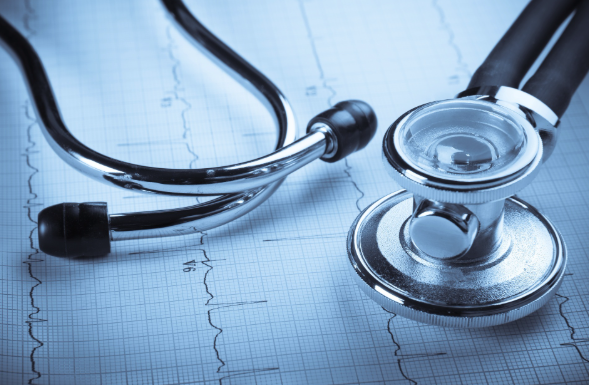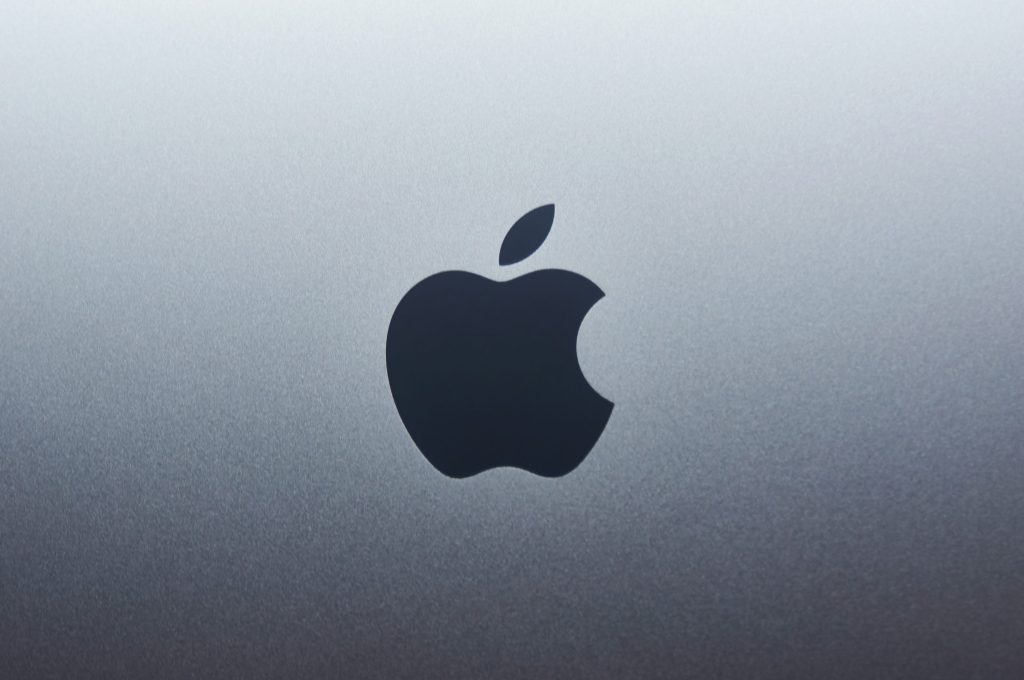Smart Gadgets Revolutionizing Early Disease Detection
In today’s fast-paced world, health-related technologies have made remarkable strides, offering innovative tools to help individuals manage their well-being more effectively. Among the most groundbreaking advancements is the integration of smart gadgets and devices designed to detect, monitor, and potentially prevent the onset of non-communicable diseases (NCDs) such as stroke, heart disease, diabetes, and hypertension. These devices, often linked to mobile applications or healthcare platforms, provide real-time monitoring and early detection of health issues, enabling timely intervention and improved outcomes.
Understanding Non-Communicable Diseases
Before delving into how smart gadgets assist in early disease detection, it’s crucial to understand what non-communicable diseases are. NCDs are a group of conditions that are not transmitted through infections. Instead, they are typically caused by a combination of genetic, physiological, environmental, and behavioral factors. Some of the most common NCDs include:
- Stroke: A sudden interruption in the blood supply to the brain, leading to brain cell damage.
- Cardiovascular Diseases: A broad range of heart and blood vessel-related conditions, such as coronary artery disease, heart attacks, and arrhythmias.
- Diabetes: A chronic condition in which the body is unable to regulate blood sugar levels effectively.
- Hypertension: High blood pressure that may lead to heart disease, stroke, and kidney failure.
- Cancer: A group of diseases characterized by uncontrolled cell growth.
According to the World Health Organization (WHO), NCDs are responsible for 71% of all deaths globally, claiming 41 million lives annually. In the Americas alone, 5.5 million deaths are attributed to NCDs each year. Alarmingly, 15 million people worldwide die prematurely (between the ages of 30 and 69) from NCDs, with over 85% of these deaths occurring in low- and middle-income countries.
The Role of Smart Gadgets in Early Detection
Advancements in medical technology have paved the way for smart gadgets capable of monitoring various aspects of an individual’s health. These devices, which include wearable technology, sensors, and AI-powered applications, collect and analyze data to identify potential health risks. By enabling continuous monitoring, they offer a unique opportunity for early detection, allowing for quicker intervention and better prognosis.
Stroke Detection and Prevention
- Wearable ECG Monitors: Devices like the Apple Watch and KardiaMobile offer electrocardiogram (ECG) monitoring, enabling users to track their heart rate and rhythm.
- Blood Pressure Monitors: Smart devices like the Omron Blood Pressure Monitor allow users to track their blood pressure over time, identifying trends that may indicate hypertension.
- Smartwatches with Fall Detection: Devices like the Apple Watch Series 4 feature fall detection technology, sending alerts to emergency contacts if a fall is detected.
Early Detection of Heart Disease
- Wearable ECG Monitors: Devices like AliveCor’s KardiaMobile allow users to take an ECG at home and share the results with healthcare providers.
- Heart Rate Monitors: Devices like Fitbit and Garmin trackers offer continuous heart rate monitoring.
- Blood Oxygen Sensors: Gadgets equipped with pulse oximeters monitor blood oxygen levels, signaling potential heart issues.
Diabetes Monitoring
- Continuous Glucose Monitors (CGMs): Devices like Dexcom G6 provide real-time data on blood glucose levels.
- Smart Blood Glucose Meters: Devices like Accu-Chek Guide connect to smartphone apps for tracking blood sugar measurements.
Hypertension and Blood Pressure Management
- Smart Blood Pressure Monitors: Devices like Withings BPM Connect provide precise measurements for monitoring hypertension over time.
Cancer Detection and Monitoring
- Wearable Cancer Screening Devices: Devices like Scanwell Health’s At-Home Urine Test offer initial screenings at home.
- AI-Powered Screening Tools: Apps like SkinVision analyze photos of skin lesions for risk assessment.
Challenges and Limitations
- Accuracy and Reliability: Some devices may not match the accuracy of medical-grade equipment.
- Data Privacy and Security: Sensitive health data collection raises privacy concerns.
- User Compliance and Engagement: Effectiveness depends on consistent usage.
- Access and Affordability: High costs may hinder access in low-income communities.
The Future of Smart Gadgets in Healthcare
The future of smart gadgets for early detection of NCDs is promising. As technology evolves, devices are expected to become more accurate, affordable, and user-friendly. The integration of AI and machine learning will likely enhance predictive analytics, enabling the identification of at-risk individuals before they develop full-blown diseases.
Conclusion
Smart gadgets are revolutionizing the early detection of stroke and other non-communicable diseases, offering continuous monitoring, real-time feedback, and the potential for early intervention. While challenges such as accuracy, data privacy, and affordability remain, the future of smart health technology is bright. With continued advancements, these devices will play a critical role in preventing and managing NCDs, improving public health, and empowering individuals to take control of their well-being.











